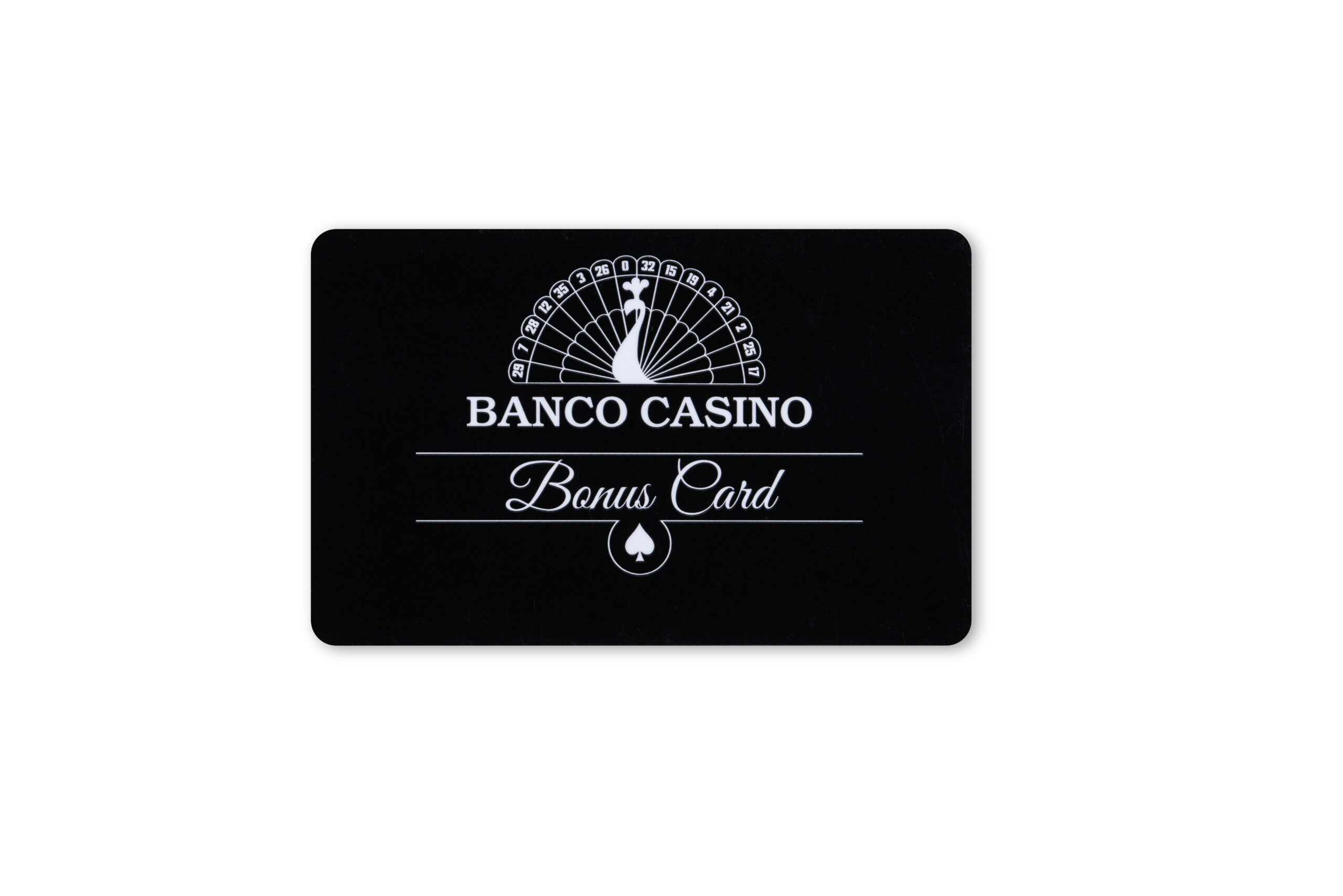
What are the differences between passive and active 125kHz RFID cards?
RFID technology has been used in various industries for a long time, enabling efficient tracking, identification, and access control. Among the different frequencies used by RFID, 125kHz is the most commonly used frequency and has a wide range of applicability. If you want to use 125kHz RFID cards, it is important to understand the difference between passive and active cards. In this blog post, we will explain these differences in detail to help you decide when choosing a 125kHz RFID card for your needs.
How do passive 125kHz RFID cards work?
Passive 125kHz RFID cards are the most common type of RFID card used in various applications, from access control to asset tracking. Passive means that these cards have no internal power source. Instead, they rely on the energy emitted by the RFID reader to power the card’s microchip and transmit data back to the reader. This process, called electromagnetic induction, occurs when the reader emits an electromagnetic field that induces a small current in the card’s antenna, activating the chip and enabling communication.
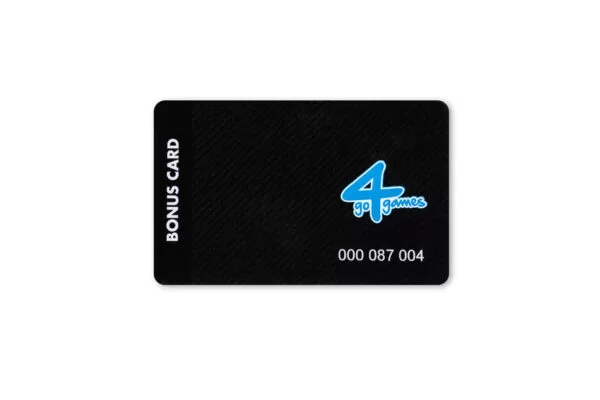
One of their main features is their simplicity and durability. Since there is no battery, these cards are smaller, lighter, and cheaper to produce. As a result, their lifespan is virtually unlimited, making them ideal for applications where longevity and reliability are important, such as in some access control systems. However, the lack of an internal power source also means that passive 125kHz RFID cards have a limited read range, typically between a few centimetres and a meter. The simplicity of passive 125kHz RFID cards limits their functionality, so they are typically used for basic identification purposes and storage.
What are active 125kHz RFID cards?
Active 125kHz RFID cards, unlike passive cards, contain an internal power source that powers the card’s microchip and antenna. This internal power source enables active RFID cards to transmit signals over longer distances, typically ranging from a few to tens of meters. Active 125kHz RFID cards offer extended read range and enhanced functionality, making them suitable for applications where tracking the movement of objects or people over a larger area is necessary. For example, large facilities such as warehouses or hospitals can monitor the location of assets or personnel in real-time, providing valuable data for inventory management, safety or workflow.
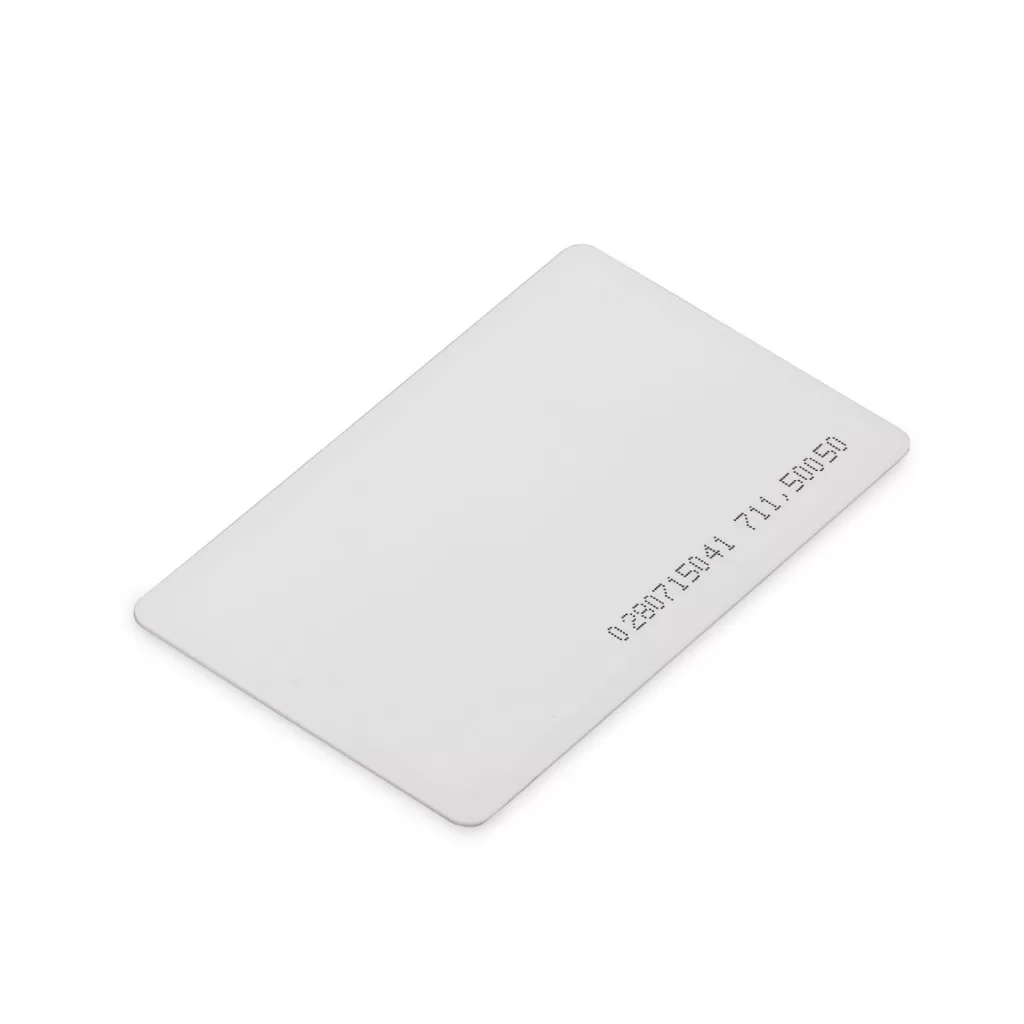
They can also store more data than passive cards. Depending on the specific application, this additional data storage space can store information such as timestamps, usage history, and even biometric data. However, the addition of a battery also brings some limitations. Due to the added components, active 125kHz RFID cards are generally larger, heavier, and more expensive than passive cards.
Data Storage and Processing Capabilities
The main difference between passive and active 125kHz RFID cards is their data storage and processing capabilities. Passive 125kHz RFID cards have limited data storage capabilities, typically only storing a unique identifier (UID) or a small amount of additional data. This is because passive cards rely on power provided by the RFID reader, which is usually only enough for basic communication. Passive cards typically store data in a read-only format, meaning the card cannot modify or update the data.
In contrast, active 125kHz RFID cards offer more robust data storage and processing capabilities due to their internal power source. This includes the UID and other information such as timestamps, transaction history, and even biometric data. This makes active cards suitable for applications such as asset tracking, where it is important to record the location and movement of items over time, or for security systems that require multi-factor authentication.
Differences between cost and application
Since passive 125kHz RFID cards are simpler in design and do not require an internal power source, they are generally more cost-effective than active cards. Passive cards are cheaper to produce due to the lack of batteries and more complex circuitry, so for applications where cost is the primary consideration, the lower cost of passive cards can provide significant cost savings in access control systems that require many RFID cards. In addition, passive cards have a long service life and do not require battery replacement, reducing long-term maintenance costs. However, their limited read range and data storage capacity make passive cards best suited for simpler applications.
On the other hand, active 125kHz RFID cards are more expensive due to the inclusion of batteries and more advanced circuitry. However, their enhanced features, including longer read ranges, larger data storage capacity, and the ability to perform more complex operations, make them suitable for more demanding applications. For example, in an environment where real-time tracking of assets or personnel is critical, the capabilities of active RFID cards can provide tremendous value. So, we consider both cost and application when making our selections.
Different application scenarios
Passive 125kHz RFID cards are well suited for applications requiring close-range identification, where cost is a major consideration. Common use cases include access control systems, where employees or visitors present a card at the entrance to enter a secure area. In these cases, the short read range of passive RFID cards is advantageous. Another common application is attendance systems. Employees use RFID cards to clock in and out, and the system records their working hours based on the unique identification number on the card.
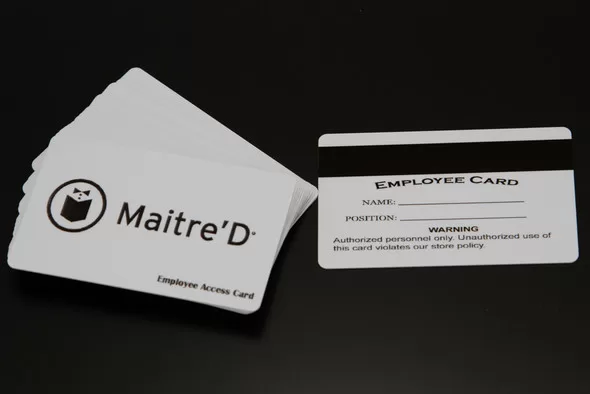
Active 125kHz RFID cards, with their extended read range and advanced data capabilities, suit applications that require real-time tracking, remote communication, or better monitoring of environmental conditions. For example, in logistics and supply chain management, you can use active RFID cards to track the movement of goods in a warehouse or distribution centre, providing real-time visibility into inventory levels and asset locations.
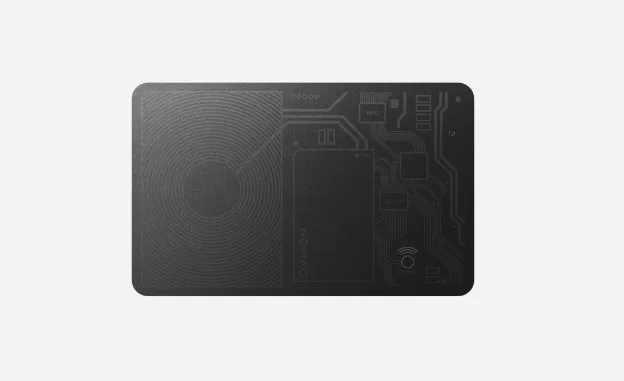
Making the Right Choice for You
The choice between passive or active 125kHz RFID cards depends on various factors, including the specific requirements of your application, cost considerations, and the level of functionality required. DCCO Technologies, as a professional in the 125kHz RFID technology, must carefully evaluate your project’s specific needs and select the type of RFID card that best meets your needs.


